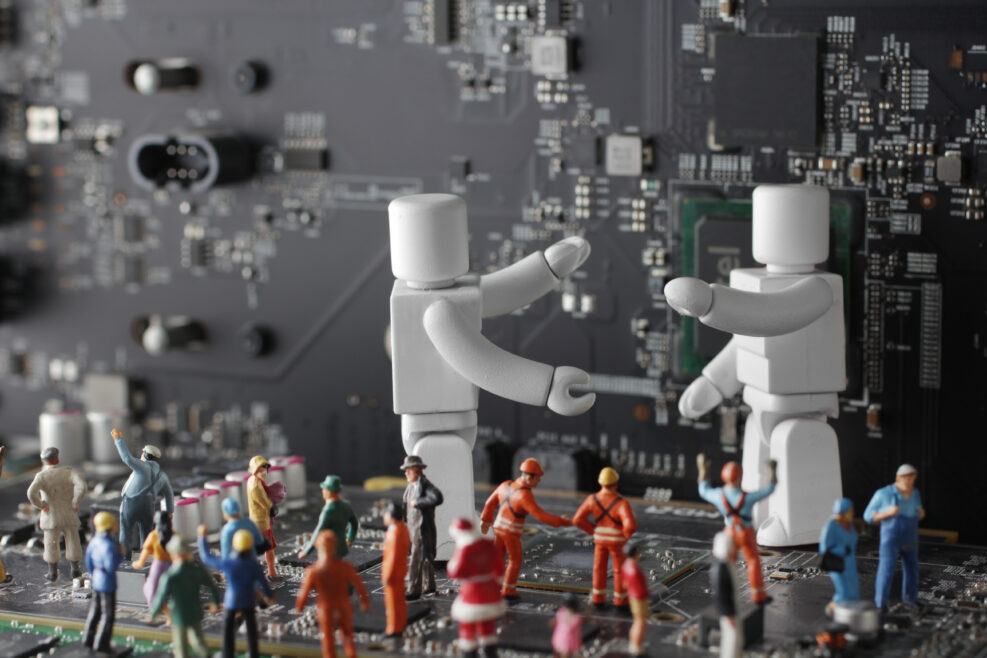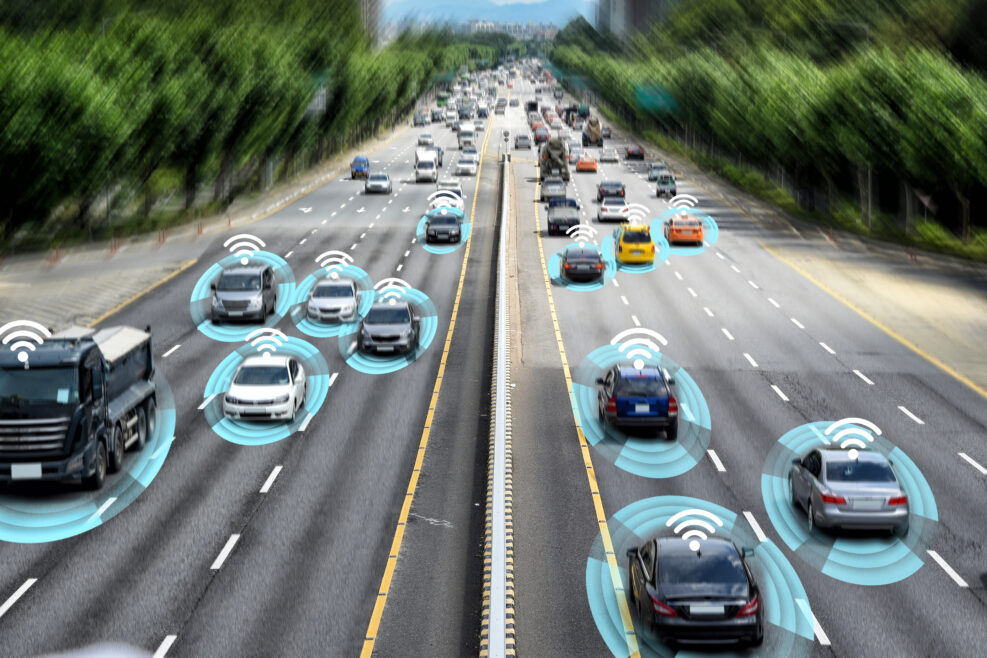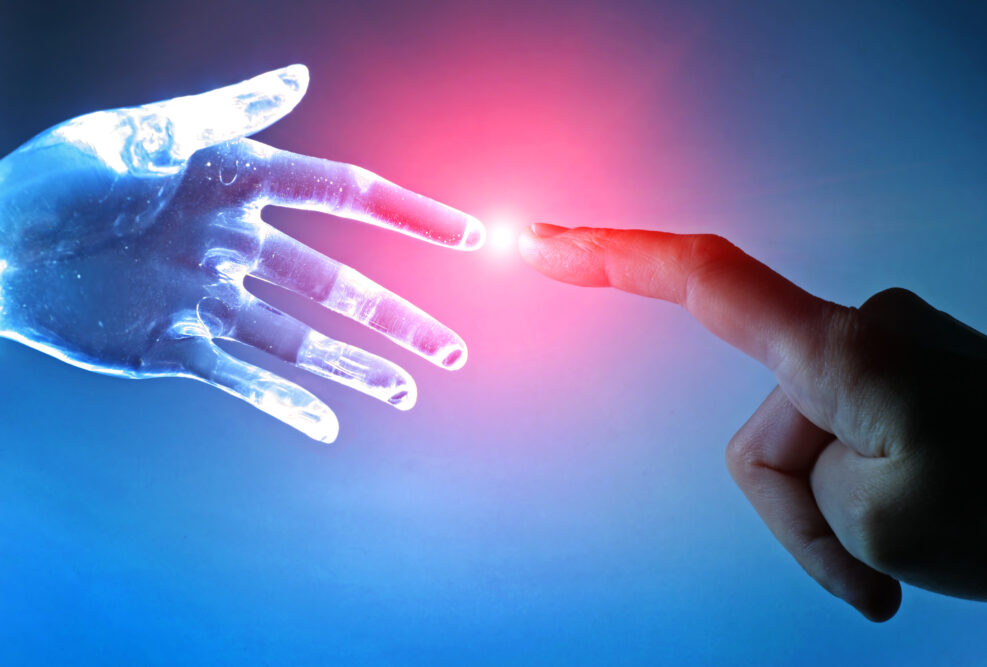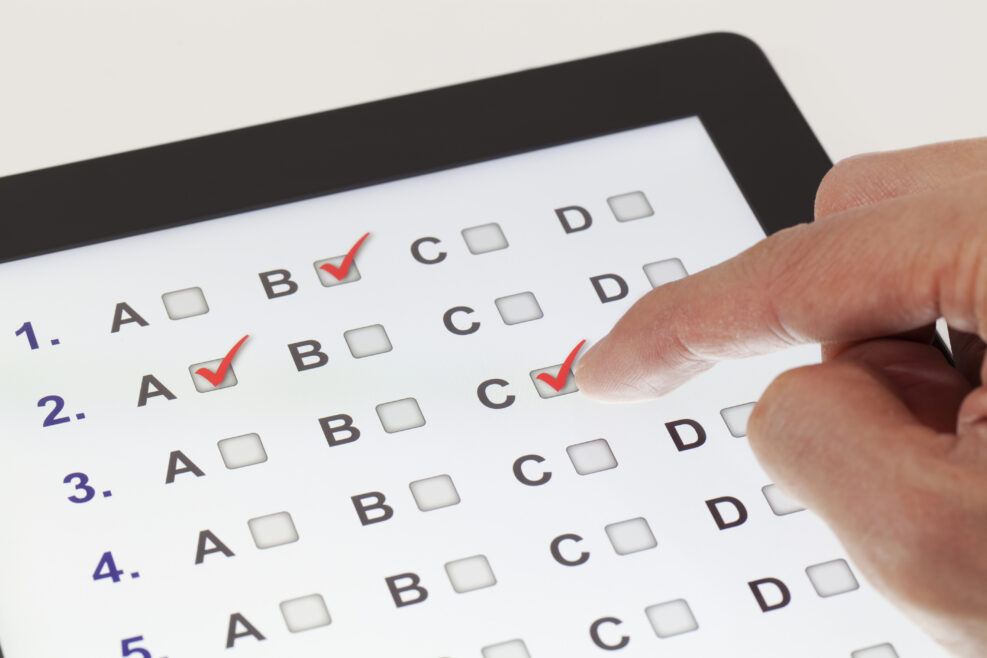
How Do We Know Financial Transactions Are Honest?
Let’s look at the steps we can take to find outRecently, we’ve been asking readers to think about Alice and Bob, the famous pair in physics used to demonstrate propositions, for example, as if as if they were running for office. At Expensivity, a blog about that expensive and unpleasant subject, money, Bernard Fickser asks about better ways of preventing financial fraud: We focus on financial Alice (the situation with financial Bob is parallel). Alice wants the record of deposits and disbursements in her ledger to reflect deposits that she has knowingly and willingly received as well as disbursements that she has authorized to go to the intended parties. If this is the case, the record of deposits and disbursements in her ledger as well as the running totals will Read More ›


















